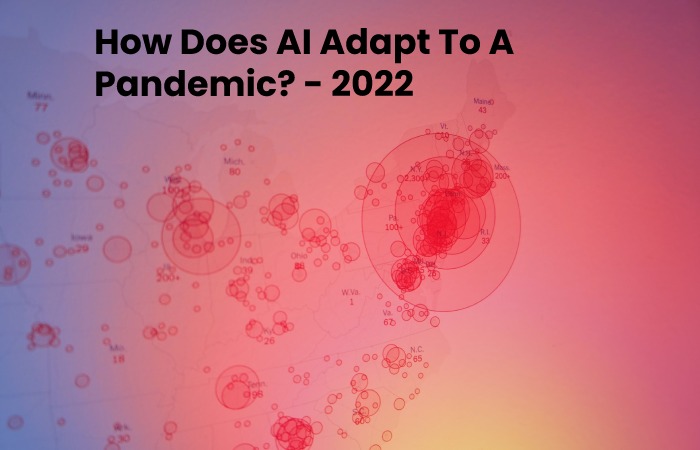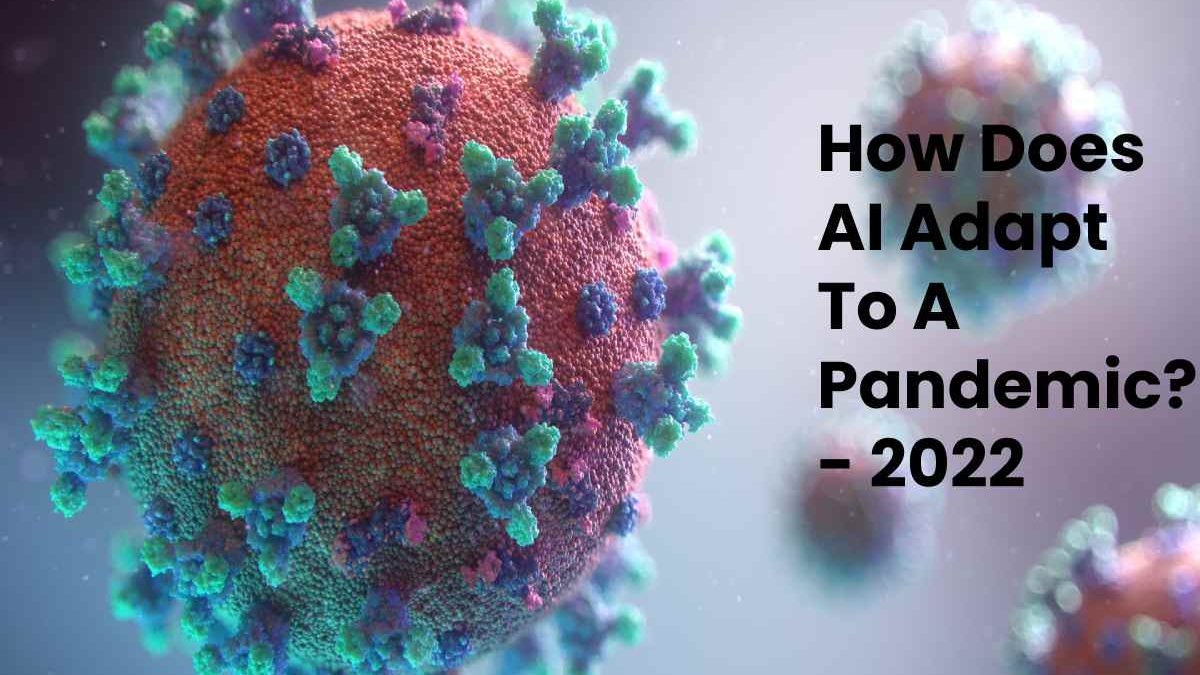A Pandemic Change is the only constant in life.” This lesson that Heraclitus of Ephesus already formulated is also the biggest challenge that Artificial Intelligence (AI) is facing, across all sectors of activity: the emergence of new patterns of social and economic behavior due to the pandemic caused by the COVID-19.

Table of Contents
Although The Following Doubt May Arise A Pandemic
These models are intelligent, how is it possible that they cannot understand or analyze these new data series. The truth is that the answer lies in the way these systems learn. Artificial Intelligence systems, like models with Machine and Deep Learning technology, learn from historical information. That is to say: they identify patterns of information, using them to make inferences or predictions about what can happen in the short, medium and long term in a given business context.
And, of course, there is no historical series of precedent data that can describe our current new reality, characterized by restrictions, social distance and remote work. What’s more, if we look back at the beginning of 2020, none of us had heard of COVID-19 and no intelligent system or control, human or digital, could have predicted the significant changes in, for example, our online behavior, causing the digital baskets will be filled with masks, sanitary gels, paracetamol, etc. In the same way, our financial behavior changed forever, our way of travelling, consuming, getting around, working and much more that affects practically all sectors and branches of economic and social activity.
What Is A “Black Swan” In Artificial Intelligence A Pandemic
From a mathematical point of view, COVID-19 represents what we call a “black swan”, a surprising event, of great socioeconomic impact and that, once it has happened, is rationalized by hindsight (making it seem predictable or explainable, and giving the wrong impression, that it was expected to happen). Examples of “black swans” are the start of the First World War, the 1918 flu or the attacks of September 11, 2001.
However, By Observing These Changes In The World
Current AI systems, feeding on many occasions with information in real-time, will be able to adapt in a short space of time to new data. Helping to interpret and predict the new reality. However changeable it may be. It is the so-called “Model Drift” (or “Model Decay”) that refers to the degradation of the prediction power of a model due to changes in the environment and. Therefore to the relationships between the variables.
COVID-19 has confronted us surprisingly and aggressively with a gigantic “Model Drift” that has eroded the prediction capacity of currently productive models. Does this mean that AI has no place in a post-COVID-19 world? 19? Absolutely. Now more than ever is the time to revisit current models and propose new models that help us understand the current reality.
For this Reason, it is Necessary to Reinvent How
Advanced Analytics has been carrier out since the beginning of the pandemic. Using techniques that allow both the evaluation of the predictive capacity of the models. And the simulation of pandemic scenarios that prevent new errors. Biases and failures. in the data, maintaining its final utility for the business.
In this way. The possibility of adapting existing models and developing new models with greater. Resilience to new behaviors and disruptions is opened up. And it is that when it comes to digital transformation. The COVID-19 crisis has provided important lessons for business leaders. Among them the potential of data analysis for decision making. And the efficiency of processes that artificial intelligence can offer us.
The Crisis Has Accelerated The Adoption Of Artificial Intelligence
And this momentum will continue in the next five years. Surveys show: 52% per cent of companies accelerated their AI adoption plans due to the COVID-19 crisis. According to a Harvard Business Review study. And the vast majority, 86%. Say that AI is becoming a “productive technology” in their company in 2021. Proof that AI is perfectly adapting to change and will continue to gain strength in the future. Helping us to do so a little less uncertain.
Also Read: Analysis Of The Eidas2 Regulation

